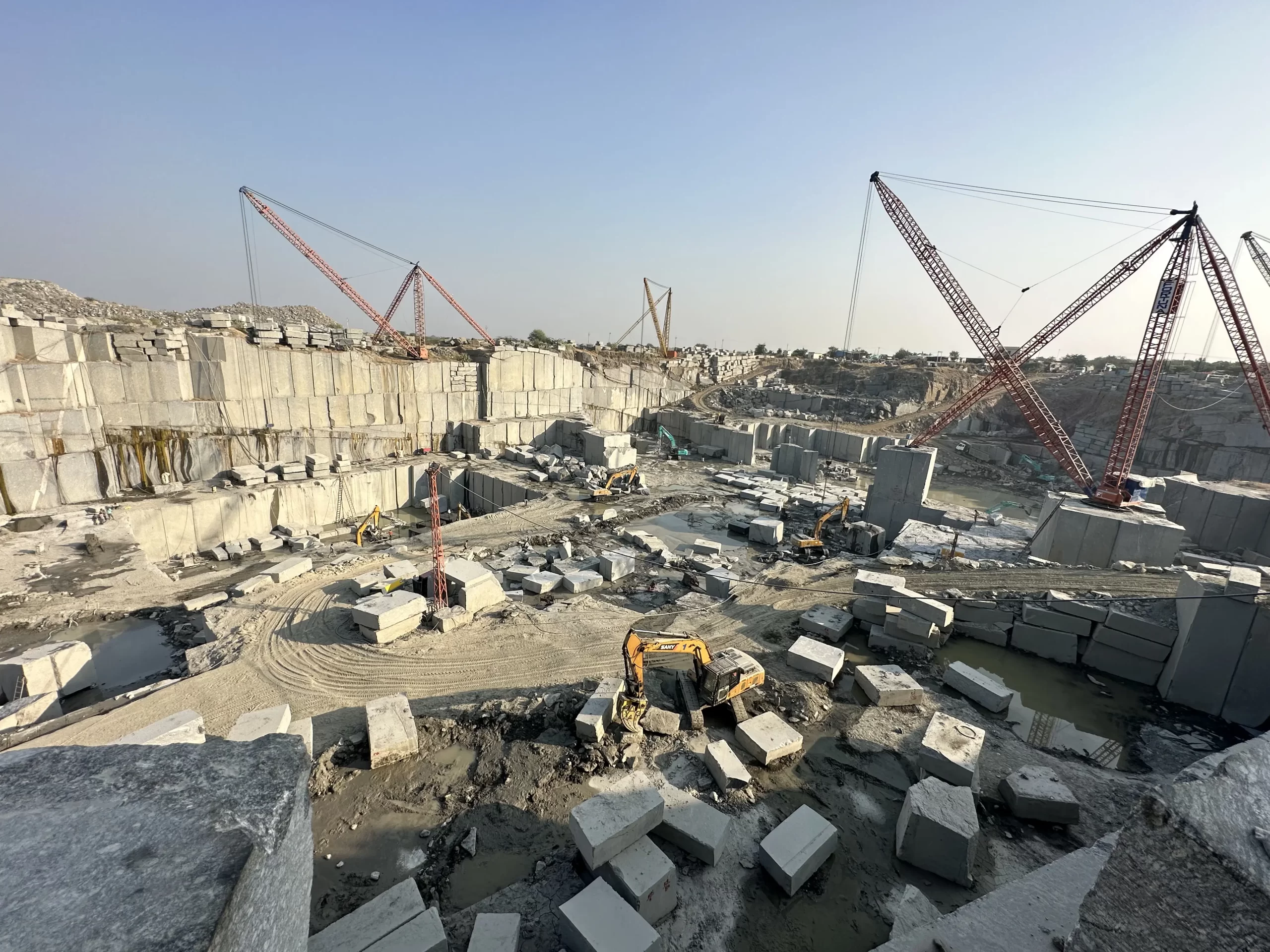Discovering the Elegance of Granite Quarry in South Africa Marvels
Discovering the Elegance of Granite Quarry in South Africa Marvels
Blog Article
Discovering the Rich History and Lasting Practices of Granite Quarrying
As we depend on the precipice of discovering the intricate tapestry of granite quarrying, a journey via time discloses not simply the physical act of removing stone but likewise the social and historical relevance woven right into the very fabric of this practice. From the ancient beginnings that laid the structure for contemporary quarrying strategies to the lasting methods that are shaping the future of this market, each chisel mark on granite surface areas informs a tale waiting to be uncovered (granite quarries in south africa). The legacy of granite quarrying extends far past simple extraction; it is a testament to human resourcefulness, durability, and the enduring allure of this impressive rock
Ancient Origins of Granite Quarrying
Going back to ancient human beings, the method of quarrying granite has been an essential part of human background and architectural development. The earliest evidence of granite quarrying go back to ancient Egypt, where substantial pyramids and elaborate sculptures were crafted from this sturdy rock. The Egyptians utilized primitive devices to draw out granite blocks from quarries, showcasing the importance of this material in their huge buildings.
Moving on in history, the Greeks likewise made considerable payments to the quarrying of granite. The Greeks utilized granite in various architectural wonders, such as holy places and statuaries, showing their skill in shaping and carving this hardy stone. The Romans further fine-tuned the methods of quarrying granite, using innovative devices like knives and hammers to extract and form granite for their iconic frameworks.
Through the centuries, the method of quarrying granite has actually progressed, with modern-day innovations improving performance while maintaining the ageless appeal of this natural rock - granite quarries in south africa. From old human beings to contemporary building contractors, the tradition of granite quarrying remains to shape our world
Evolution of Quarrying Techniques
The evolution of quarrying methods has been noted by a continuous progression towards higher efficiency and accuracy in drawing out granite. From the basic approaches employed by our ancestors to the advanced modern technologies utilized in modern quarrying operations, the industry has actually undertaken substantial innovations. Early quarrying strategies included manual work with fundamental tools such as blades, hammers, and wedges to remove granite blocks from the planet. As civilizations proceeded, methods like fire-setting and primitive dynamites were presented to help with the extraction process.
Advancements in computer-controlled devices and 3D modeling have maximized quarrying operations, leading to very little environmental influence and enhanced sustainability techniques. As the need for granite proceeds to rise, the evolution of quarrying methods continues to be integral to meeting sector needs successfully and sustainably.
Social Relevance of Granite
Granite holds a profound cultural importance across numerous people as a result of its enduring presence in architectural work of arts and respected monoliths. From the impressive pyramids of Egypt to the detailed makings of the Angkor Wat temple in Cambodia, granite has been a material of selection for expressing majesty and long life in social click for info heritage. In ancient Rome, granite columns decorated temples and public structures, signifying toughness and durability. The website here social value of granite prolongs beyond its physical characteristics; it symbolizes resilience, security, and eternity, making it a symbol of sustaining traditions and traditions.

Sustainable Practices in Quarrying
Among the rich history of granite quarrying and its cultural importance lies a growing emphasis on lasting techniques within the market. As environmental understanding and worries about resource deficiency have actually increased worldwide, the quarrying sector has actually progressively embraced lasting approaches to lessen its effect on the atmosphere and bordering neighborhoods.

Furthermore, reclamation and rehabilitation of quarry sites post-extraction are important to sustainable methods. By bring back quarried locations to a natural or beneficial state, such as creating wildlife habitats or recreational areas, quarriers can counter the ecological impact of their procedures and contribute favorably to the neighborhood environment.
Tradition of Granite Quarrying
With a historical backdrop soaked in workmanship and industrial development, what withstanding impact has granite quarrying left on the landscape of contemporary culture? The heritage of granite quarrying goes beyond simple removal techniques; it has shaped architectural marvels, city landscapes, and social heritage worldwide. The durable nature of granite has actually made it a preferred selection for monoliths, structures, and facilities, standing as a testament to the skill and artistry of like it quarry employees across generations.
In addition, the financial impact of granite quarrying can not be ignored. The market remains to provide job opportunity and drive neighborhood economic situations in areas where granite removal is common. It has also stimulated technical innovations in quarrying techniques and tools, bring about much more reliable and sustainable techniques.
In terms of sustainability, the tradition of granite quarrying consists of initiatives to alleviate ecological influences via recovery projects and liable source monitoring. By balancing financial rate of interests with ecological stewardship, the market makes every effort to make sure that future generations can continue to take advantage of this enduring all-natural resource.
Final Thought

Report this page